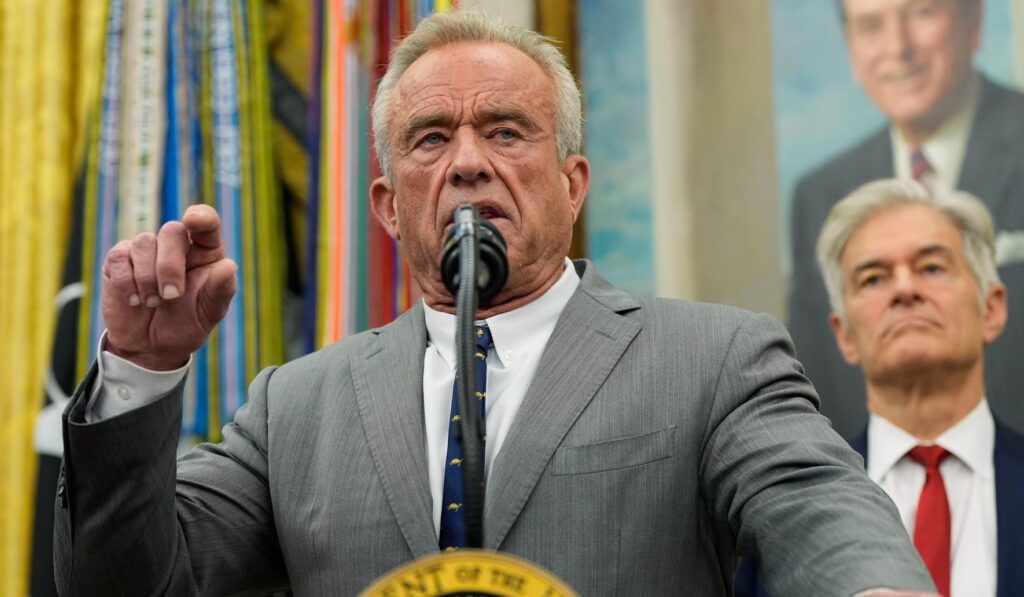The Trump administration moved Wednesday to accelerate the development and availability of a broad class of low-cost, competitive drugs that promise to cut billions of dollars in U.S. spending on prescription medicine. This article explains what the move means for patients, taxpayers, and the drug market, why the administration pushed it, and how competition and sensible regulation can lower costs without sacrificing safety. It looks at the potential benefits, the hurdles left to clear, and the broader policy implications from a pragmatic Republican perspective.
This action is about harnessing competition to drive prices down. The administration focused on clearing regulatory obstacles and encouraging more market entrants, so Americans can get cheaper options sooner. That approach trusts markets and consumers instead of relying on heavy-handed price controls.
Speeding approval and clarifying regulatory pathways were central goals announced by the administration. By cutting needless red tape and offering clear guidance to manufacturers, regulators aimed to reduce the time and cost to bring competitive drugs to market. Faster approvals mean patients and taxpayers see savings sooner, and innovators still face incentives to improve treatments.
The move also targeted barriers that keep competition limited even after approval. Litigation games and ambiguous rules about interchangeability often slow market uptake and deter investment. The administration wanted to limit those delays, making it easier for pharmacies and insurers to substitute lower-cost alternatives when appropriate.
Safety and efficacy remained part of the pitch, but the emphasis was on proportionate regulation. Republicans argued the goal was not to undercut standards, but to streamline processes that had become obstacles to competition. Clear, science-based rules can protect patients while letting competition work its cost-lowering magic.
Lower prices from competition relieve pressure on federal spending and on working families. Cutting billions in spending on prescription medicine frees resources for other priorities without expanding entitlements or raising taxes. That’s a core conservative principle: deliver value for taxpayers while preserving choice and innovation.
The administration also tried to shift incentives in the supply chain that favor high prices. Policies nudged payers and pharmacies to adopt fairer practices that do not penalize cheaper alternatives. Those market-oriented changes aim to reduce distortions so competition translates into real savings at the pharmacy counter.
Manufacturers face a clearer regulatory horizon, which should encourage more entries and greater manufacturing investment. Competition from additional suppliers brings prices down naturally and forces incumbents to compete on value and service. The policy balances the need for reliable supply chains with the urgency of lowering costs for consumers now.
Challenges remain, like patent disputes and legal tactics that slow access to competitors. The administration pushed for reforms to prevent abusive delays while preserving legitimate IP protection that rewards real innovation. In short, the goal was to strike a fair balance that protects inventive breakthroughs without letting procedural hurdles block affordable alternatives.
This policy direction reflects a conservative faith in competition, deregulation where appropriate, and common-sense reforms to existing systems. It aims to deliver cheaper medicines through market solutions, regulatory clarity, and targeted fixes to practices that lock in high prices. For Republicans, it’s a practical path to reduce costs, expand access, and respect both patients and innovators without resorting to heavy-handed government control.



